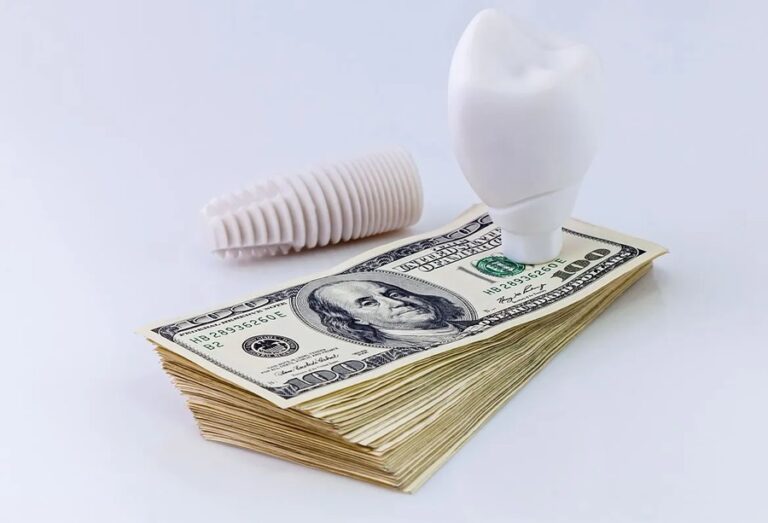While running a dental practice can of course be very rewarding, it does come with a series of financial challenges, many of which aren’t always immediately apparent. Hidden costs that quietly add up without anyone really noticing them, can have a significant impact on a practices profitability, and their ability to operate efficiently.
Here are 10 potentially crippling hidden costs that your dental practice should watch out for, and while dental accountants in Miami can’t solve all of them, they can certainly go a long way towards reducing some of the biggest offenders:
1. Cancellations and no-shows from patients
The full impact of patients who don’t show up for their appointments is rarely looked at in enough detail. While it represents time wasted and money lost, implementing a policy for no-shows and using automated reminders can mire successfully address this issue.
2. Inefficient processes for billing and collections
It’s easy to underestimate the true cost of writing off bad debt or chasing bills that haven’t been paid, but it can create significant issues with cashflow, and cause staff to waste many hours manually following up. By putting an automated billing and collection system in place, the administrative burden can be alleviated somewhat and the practices financial health, improved.
3. Denial claims for insurance
Putting a significant burden on staff, denied insurance claims take time to correct and of course, the paperwork must be resubmitted, causing a delay to payments and adding overheads from an administrative perspective. One way of minimizing mistakes and speeding up approvals is to integrate insurance verification with patient intake forms.
4. Outdated technology and manual processes
Over time, using paper forms and outdated software can become an inefficient burden for dental practices; increasing error rates and staff workload, and slowing down interactions with patients. By upgrading to the latest integrated systems, mistakes can be minimized and efficiency enhanced.
5. Regulatory compliance
It isn’t easy or straightforward to stay HIPAA compliant, and dental practitioners must undergo regular training and be monitored on an ongoing basis. While these costs might not sound like much, the fines associated with non-compliance can be crippling for a dental practice. But, with the right tools and proactive planning, the whole cost of regulatory compliance can be lessened.
6. Training and turnover
When there are high levels of employee turnover, there are more costs as new staff have to be trained and hired, and productivity often takes a nosedive, too. A workplace culture that nurtures employees and tools that make the onboarding process more streamlined, can help mitigate the toll of high turnover.
7. Credit card fees
Although online and card payments don’t have huge fees, these can add up over time, especially for dental practices who experience high volumes of transactions. By including these fees in the pricing structure, dentists can bolster their revenue.
8. Inefficiencies with tools and subscriptions
It’s not unusual for a dental practice to sign up for a number of different services or software tools, without knowing that their functionalities overlap. Regular tools and subscription audits can help enhance the efficiency of operations, and eliminate costs that aren’t necessary.
9. Maintaining and replacing equipment
While budgeting for new equipment is commonplace for dentists, ongoing maintenance or repair work often gets forgotten about and remains unaccounted for. With the scheduling of preventative maintenance, practices can prevent unwanted and expensive surprises, and reduce the number of disruptions to their services.
10. Patient attrition
It’s rare that patients leaving a practice offer any feedback, which makes it virtually impossible to know why they left, and address the issue. To improve patient retention, communication can be enhanced, care can be personalized, and patient engagement increased.
With the right professional help, such as from a dental accountant, identification of any inefficiencies, and investment in the appropriate tools, there’s no reason why any of these potentially crippling hidden costs should ever be a problem for the performance and profitability of your dental practice.

